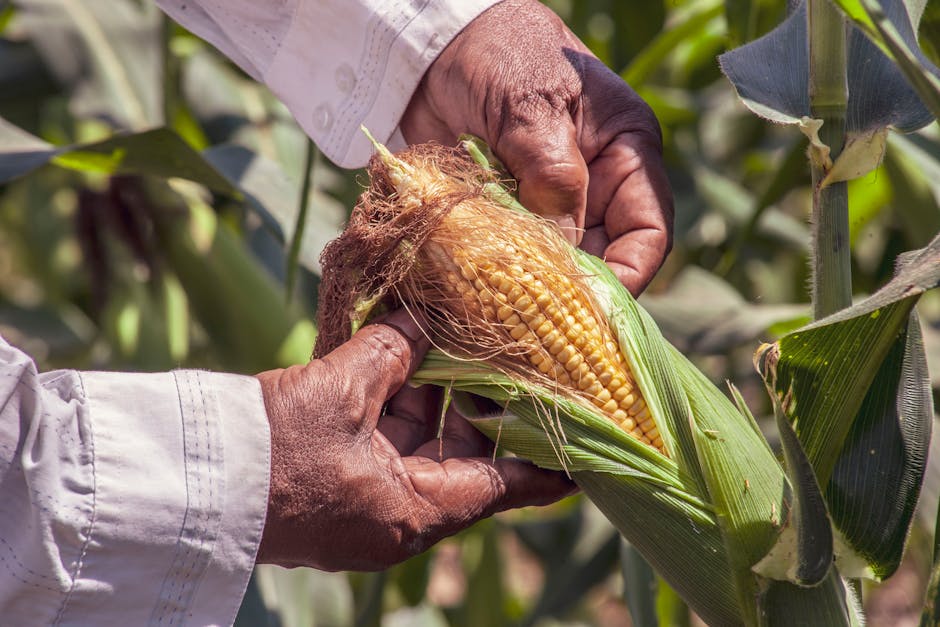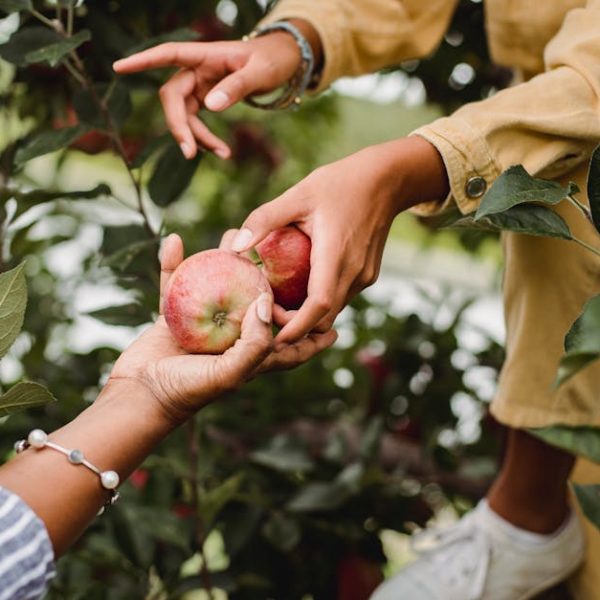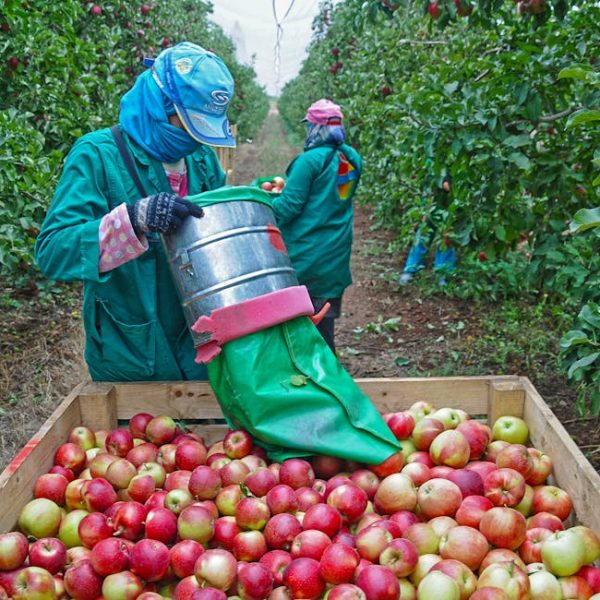Cultivating corn yields maximum benefits when you hit the perfect harmony of right timing, proper fertilization, and diligent monitoring of growth stages. Understanding the life cycle of corn, you will better grasp the crucial intervals when fertilizing bolsters growth significantly. This article delves into the nitty-gritty of corn fertilization, its timing, the different types of fertilizers best suited for corn, and the application process. Moreover, we will discuss maintaining soil fertility, an often overlooked yet vital aspect of the equation.
Understanding Your Corn’s Growth Stages
Each phase of corn growth, from germination to reproduction, plays a significant role in determining the plant’s wellness. These stages include:
Pro-tip: Vigilant observation of these stages helps act promptly on fertilization needs, promoting healthier growth and bountiful yields.
Identifying the Right Time for Fertilizing Corn
Fertilizing corn is a game of precision timing. Missteps could hinder growth, reduce yield, and waste resources. Ideally, administer the first fertilizer installment right after planting. Subsequent doses should align with certain growth stages, notably the seedling stage, V6 stage (Six-leaf stage), and VT (tasseling) stage. Timely fertilization facilitates balanced nutrition for the crop, ensuring healthier, more robust growth.
Different Types of Fertilizers for Corn
Finding the right fertilizer depends on the corn variety, soil type, and environmental conditions. There is a rich array of organic and synthetic fertilizers suited to the specific needs of corn.
| Organic fertilizers | Synthetic fertilizers |
|---|---|
| Richer in nutrients, improve soil structure, foster beneficial soil life, but slower at releasing nutrients | Fast-acting, precise in nutrient composition, but may leach away quickly, causing potential environmental problems |
Consider factors like soil nutrients and pH levels when deciding your fertilizer strategy.
How to Properly Apply Fertilizer to Your Corn Crop
Applying fertilizer correctly is as crucial as choosing the right one. Begin by rigorously assessing soil composition, picking a well-suited fertilizer, and measuring out the exact required quantity. Distribute it evenly across the field, and remember to irrigate the crops post-fertilization to expedite nutrient absorption.
Pro tip: Over-fertilizing can be as detrimental as under-fertilizing. Maintaining a measured balance, considering the type and stage of your corn, is key to maximizing yield.
End of Part 1.
Maintaining Proper Fertility in Corn Soil
Protecting the inherent fertility levels of the soil is every bit as important as applying the correct type and quantity of fertilizer. A fertile soil promotes healthier root systems, increases the efficiency of water use, and effectively supports the transfer of nutrients from the soil to the plant. The two primary ways of assessing soil fertility are through soil testing and visual assessment of the crop.
| Soil Testing | Visual Assessment |
|---|---|
| An accurate way to determine the nutrient profile of your field. It identifies nutrient deficiencies and provides a roadmap to balance them. | A less precise method, it involves observing plant color, leaf development, and overall growth to indicate nutritional health. |
Keeping your soil’s fertility levels optimal is not a one-and-done deal. It’s, instead, a continuous process that includes:
- Regular soil testing
- Lime additions to raise pH and improve the availability of plant nutrients
- Crop rotation to break the life cycle of pests and diseases
- Incorporation of green manure crops such as legumes to add nutrients and organic matter back into the soil.
These practices work towards increasing organic matter in the soil, improving its structure, water holding capacity, and fertility levels.
Conclusion
Successful corn fertilization involves a delicate balance of understanding the growth stages, picking the right fertilizer, applying it correctly, and maintaining soil fertility. Following the tips and best practices outlined here will support you in optimizing the process and reaping a bountiful corn harvest. A well-fed corn crop is not just about the immediate harvest but also stands as a testament to long-term, sustainable farming practices that respect and replenish the land.
Pro tip: Have a detailed plan and stick to it throughout the growing season. Remember to periodically evaluate the plan’s effectiveness and adjust it as necessary. Farming is a learning process filled with incremental improvements. So, if you face any challenges, take it as an opportunity to acquire valuable lessons for the future. Happy farming to you!
End of Part 2.
Key Takeaway:
- Understanding the different growth stages of corn such as Germination, Seedling, Vegetative, and Reproductive is essential to effectively time fertilizer application.
- Fertilizer application should ideally start right after planting and then at specific growth stages like the Seedling stage, V6 stage (Six-leaf stage), and VT (tasseling) stage.
- There is a variety of organic and synthetic fertilizers available for corn growth and the best choice depends on factors such as soil nutrients, pH level, corn variety, and environmental conditions.
- Proper and even application of the chosen fertilizer and watering the crops afterwards encourages nutrient absorption.
- Maintenance of fertility in corn soil is crucial and includes practices like regular soil testing, adjusting soil pH, crop rotation, and using green manure.
To achieve a healthy corn harvest, it’s essential to be attentive to your crop’s unique needs. Understand your corn’s growth stages for timely fertilizer application, select the best-suited fertilizer based on your field, and ensure its correct application. Do not forget to regularly check and maintain the soil fertility, contributing to the longevity of your land. With patience and learning from trial and error, improvement is guaranteed each season.
FAQs
Q: What kind of impact does over-fertilizing have on corn growth?
A: Over-fertilizing can lead to nutrient imbalance and toxicity, which can potentially hinder corn growth and development. Always adhere to recommended rates and application times to avoid deficiencies or toxicities.
Q: Can I use a mix of organic and synthetic fertilizers on my cornfield?
A: Yes, you can. Mixing organic and synthetic fertilizers can leverage the benefits of both. However, it’s vital to understand the nutrient composition of both types to ensure a balanced nutrient delivery to your crops.
Q: How often should I conduct soil testing on my cornfield?
A: It’s recommended to conduct comprehensive soil testing at least once every two to three years. However, basic soil tests for pH and major nutrients can be done annually to maintain optimal soil fertility.
Q: Which crop should I consider for rotation with corn to maintain soil fertility?
A: Crop rotation widely depends on your local climate and market demands. However, rotating corn with legumes like soybeans can help fix nitrogen back into the soil, complementing corn’s high nitrogen need.
Q: Can poor weather conditions affect the effectiveness of the applied fertilizers?
A: Yes, weather conditions like excessive rain can cause leaching of nutrients from the soil, reducing the effectiveness of the applied fertilizers. Therefore, it is essential to consider local weather patterns when planning your fertilizer schedule.
Don’t hesitate to share this article with fellow farmers and explore more useful posts on our website. Happy farming!






